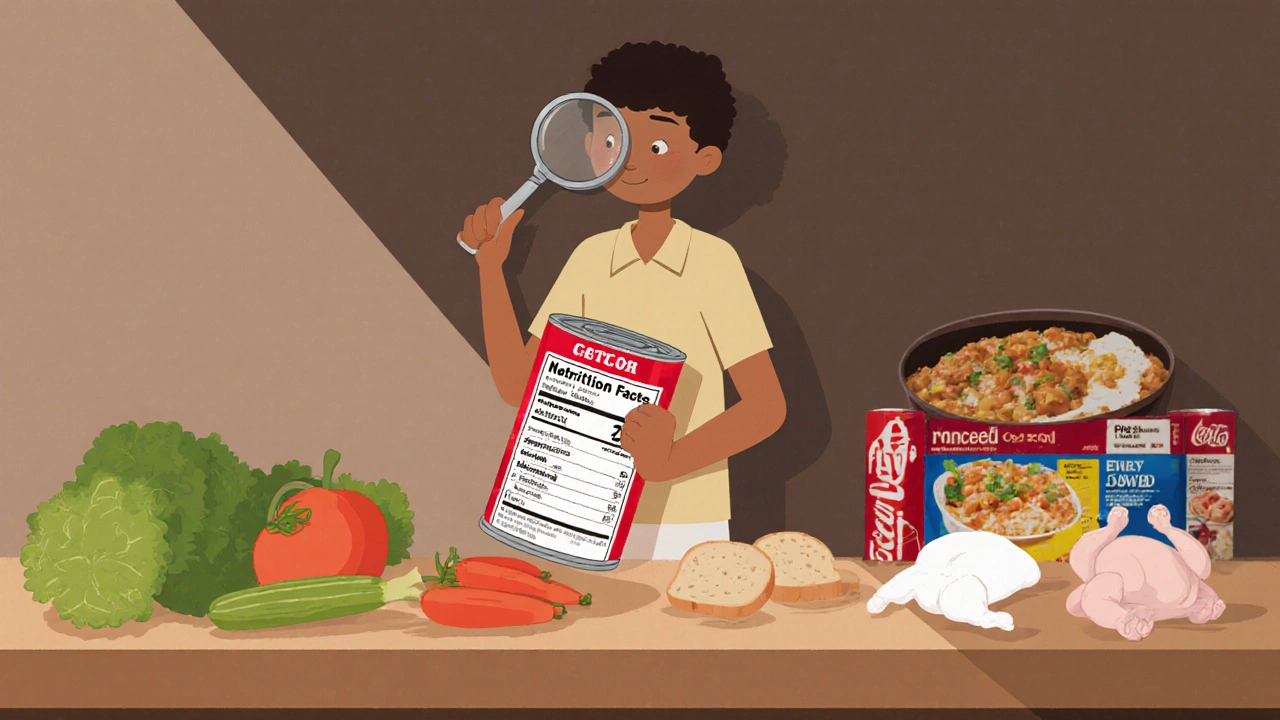Learn how to manage sodium, potassium, and phosphorus with a renal diet for chronic kidney disease. Practical tips, food lists, and science-backed guidelines to protect your kidneys and avoid complications.
When your kidneys aren’t working well, what you eat becomes part of your treatment. A renal diet, a specialized eating plan designed to reduce the workload on damaged kidneys by limiting certain minerals and waste products. Also known as a kidney diet, it doesn’t cure kidney disease—but it can slow its progress and help you feel better day to day. This isn’t about starving yourself or cutting out all your favorite foods. It’s about making smarter choices so your kidneys don’t have to work overtime to filter out too much sodium, phosphorus, or potassium.
Your kidneys handle more than just urine. They balance fluids, regulate blood pressure, and keep minerals like sodium, potassium, and phosphorus in check. When they’re weak, these minerals build up and cause problems—swelling, high blood pressure, bone damage, or even heart issues. That’s why a low sodium diet, a key part of managing kidney disease by reducing fluid retention and blood pressure is so important. Processed foods, canned soups, and salty snacks are big offenders. Instead, cook with herbs, lemon, or vinegar. For phosphorus restriction, a critical strategy to prevent bone weakening and calcification in blood vessels among kidney patients, you’ll need to limit dairy, colas, processed meats, and many packaged snacks. Natural foods like fresh fruits and vegetables often have less absorbable phosphorus than additives, so they’re usually safer.
Many people think a renal diet means eating bland, boring meals. But it doesn’t. Think grilled chicken with roasted zucchini, oatmeal with blueberries, or a salad with olive oil and vinegar. You’ll still get flavor, nutrition, and satisfaction. The trick is knowing what to swap. For example, swap regular milk for rice milk, or pick apple juice over orange juice if potassium is a concern. It’s not about perfection—it’s about consistency. Small, daily choices add up. And if you’re on dialysis, your needs might shift slightly, so your diet plan should too. That’s why many of the posts here focus on real-life adjustments: how to eat well while managing fluid retention, how to choose kidney-safe pain relievers, or how to pair meds like diuretics with your meals without causing imbalances.
What you’ll find below isn’t a one-size-fits-all guide. It’s a collection of practical, tested advice from people who’ve been there—whether it’s adjusting your diet after a kidney diagnosis, understanding how medications interact with food, or learning which supplements are safe. You’ll see how renal diet principles connect to heart health, medication safety, and even sleep and energy levels. No fluff. No guesswork. Just clear, usable info that fits into your life, not the other way around.

Learn how to manage sodium, potassium, and phosphorus with a renal diet for chronic kidney disease. Practical tips, food lists, and science-backed guidelines to protect your kidneys and avoid complications.